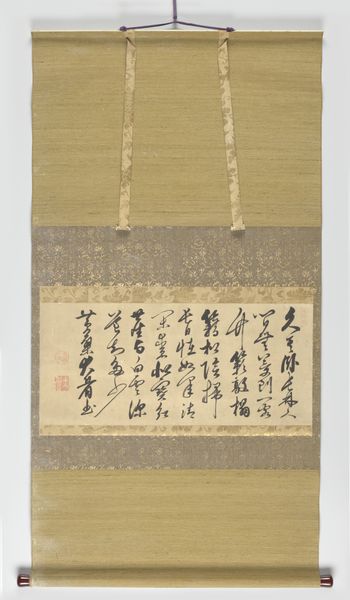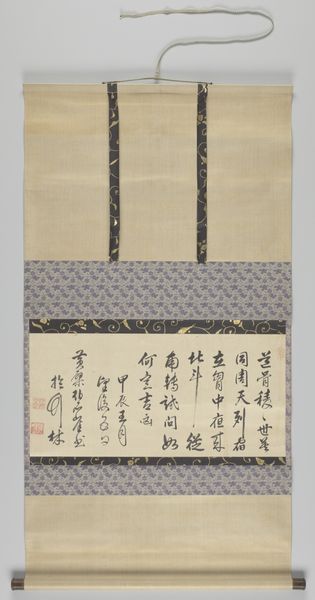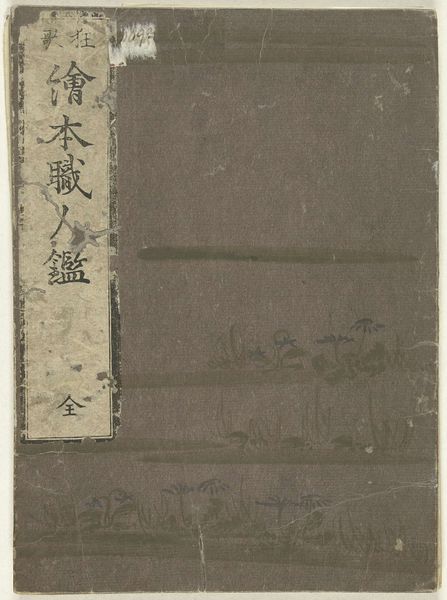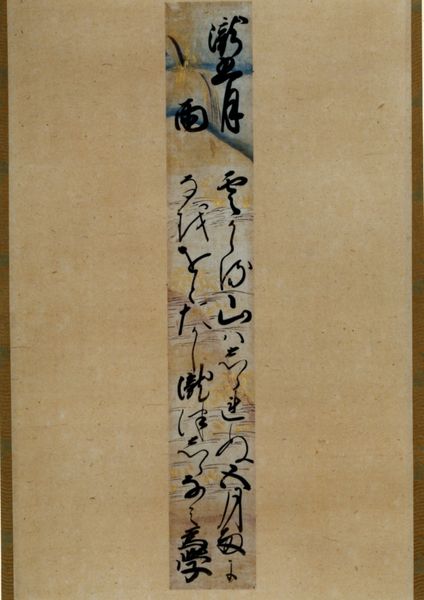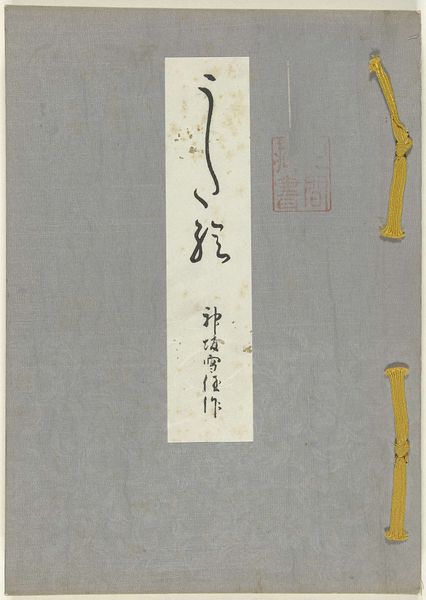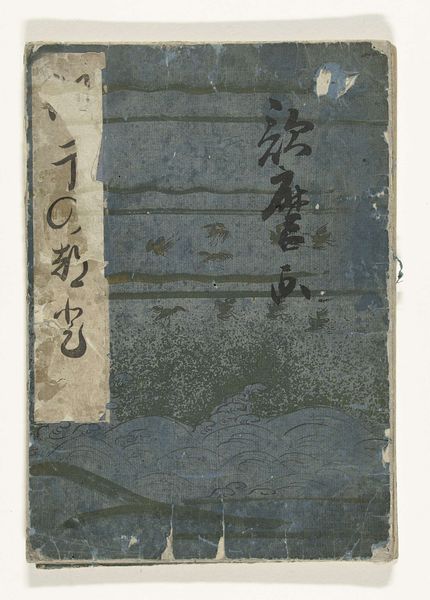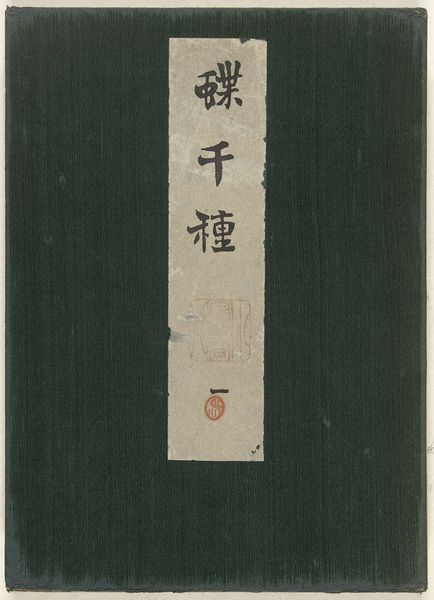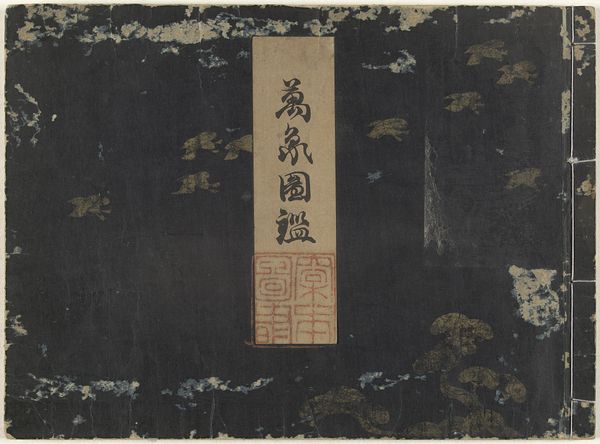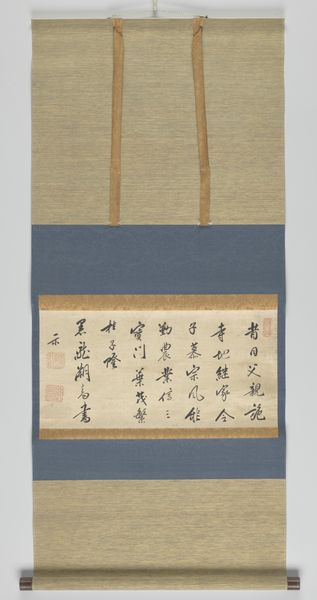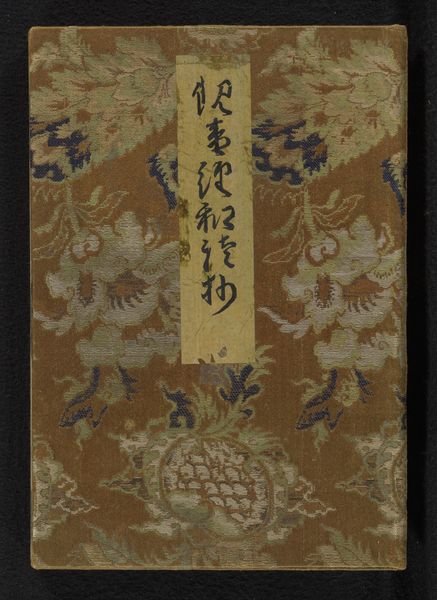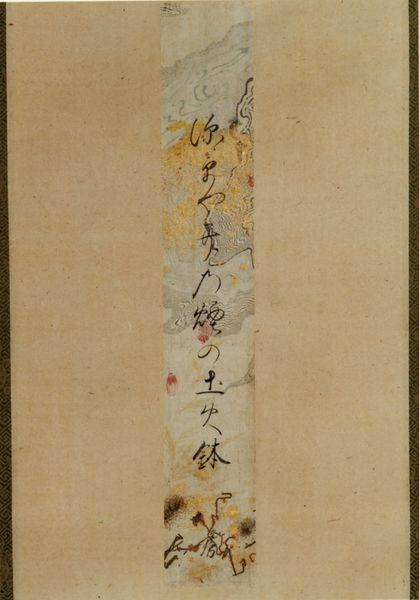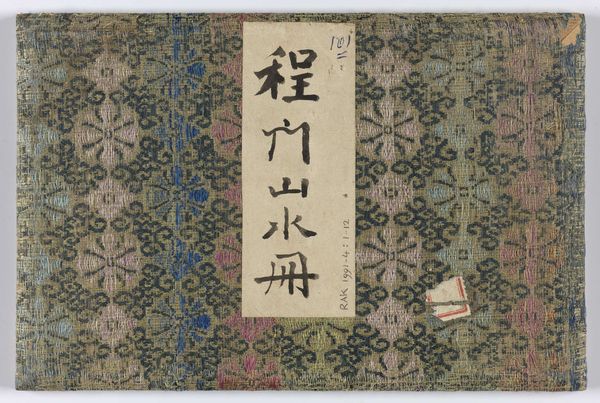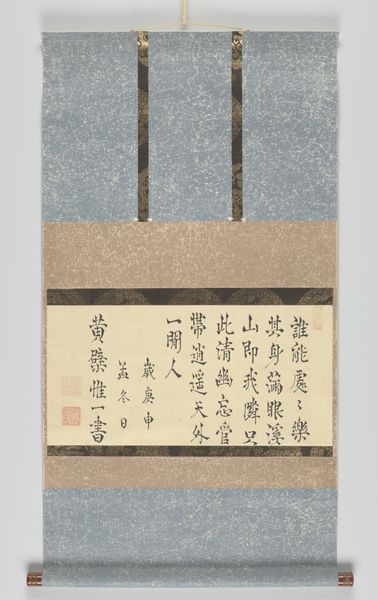
print, paper, ink
#
water colours
# print
#
asian-art
#
paper
#
ink
#
watercolor
#
calligraphy
Dimensions: Image: 16 x 12 in. (40.6 x 30.5 cm)
Copyright: Public Domain
Curator: Here we have "A Song of Unending Sorrow," or Chogonka, a striking example of calligraphy by Konoe Nobutada, dating from 1600 to 1633. Editor: Immediately, I'm struck by the textures. The stark contrast between the muted colors and the way the light seems to catch the paper’s fibers—it feels aged, delicate. I’m curious about its materiality. Curator: The work is created with ink and watercolors on paper. The selection of those materials certainly speaks to Nobutada's focus, lending an ethereal quality, almost like a faded memory, in harmony with the artwork’s title. The "unending sorrow," could point to something intensely personal or speak to broader social changes in that era. Editor: Considering its social context, was the creation of a piece like this materially accessible or who was consuming this sort of art at that time? Were these works common, luxury objects, gifts? The hanging itself and the selection of paper have connotations. Curator: Nobutada was a prominent calligrapher and a member of the aristocratic Konoe family, one of the Five Regent Houses. Calligraphy in this period wasn't just about aesthetics; it was about power, education, and cultural authority. So the materials and methods would have been carefully chosen, referencing centuries of cultural weight. The motifs, their placement, they evoke cultural memory. Editor: It does present as carefully staged. It prompts thoughts about the labor of processing materials, making the inks and sizing the paper… there's a connection to physical labor and its valuation in aristocratic society versus folk art, perhaps? Curator: That’s an astute point. Even though it appears spontaneous, calligraphy of this caliber required extensive training and control, a sublimation of labor into what appears effortless. That's part of its appeal and inherent cultural value, perhaps, beyond the simple function of text. Editor: Yes, you are hinting that its “Song of Unending Sorrow” becomes less about lament and more about this intersection between labor, status, and skill. Curator: Precisely. I look at the symbol that forms into a cohesive feeling. I appreciate the way we can access an older culture through visual touchstones like these. Editor: Likewise, it's enriching to think about the labor and craft bound into the materiality.
Comments
No comments
Be the first to comment and join the conversation on the ultimate creative platform.
